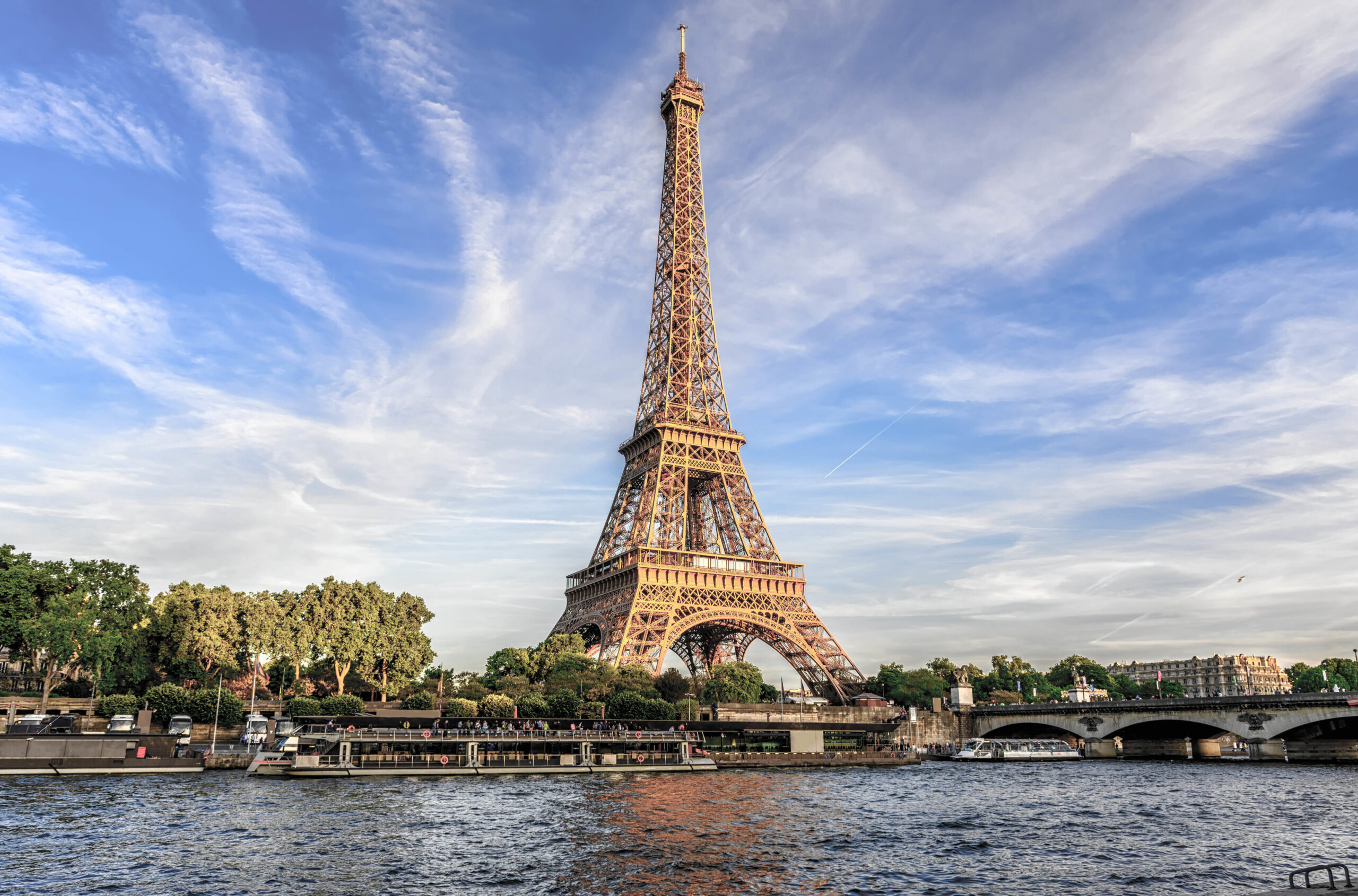On February 4, 1887, when the Eiffel Tower is still beginning to rise, the newspaper Le Temps publishes a fiery letter of protest against this strange tower that wants to touch the sky. Some forty artists say that the then-named 300-meter Tower endangers “the untouched beauty of Paris.” Outraged, “in the name of good taste”, several well-known writers and architects describe the monument as a “ridiculous skeleton, a factory chimney, a monster”.
Completed in 1889, with a structure of 7,300 tons and 330 meters high, today the Eiffel Tower is the symbol of Paris. This masterpiece of architecture is part of the history and landscape of the city, as much as the Arc de Triomphe or the Seine River. Parisians and tourists admire and look for it from all the hills, sighing every night when it becomes a beacon, so that the City of Light never ceases to be.
But the quintessential symbol of the French capital is in danger. The Eiffel Tower is rusting and the maintenance work – the umpteenth coat of paint is already underway, ahead of the 2024 Olympics – is nothing more than make-up, not very effective. “It’s that simple, if Gustave Eiffel visited the place, he would have a fit.” This was stated by an anonymous engineer to the investigative newspaper Marianne, which has recently published several confidential reports, dated between 2010 and 2016, which show that the monument is in a very degraded state and that the successive repair works are merely superficial.
After the dramatic fire of Notre Dame that occurred in 2019, the French press (and part of the foreigner) raises its hands to its head at the state of abandonment in which, apparently, the Eiffel Tower is. The fourth most visited cultural site in Paris – after Disneyland, the Louvre and Versailles – receives more than 6 million tourists each year. An expense that the city is not willing to lose with the closure of the monument that would require a complete repair. The millionaire loss caused by the tight closure of the Eiffel Tower during the 2020 confinements due to the pandemic is still very recent in memory (specifically, a deficit of 52 million euros).
“Painting is the essential element in the conservation of a metallic work and the care given to it is the only guarantee for its durability,” wrote Gustave Eiffel, the builder of the Tower that was inaugurated on the occasion of the Universal Exposition of Paris in 1889. “The essential thing is to fight against the beginning of oxidation”, continued the engineer. Late Troop
A 2014 report by expert paint company Expiris found that the tower had cracks and rust. “Even if the general condition of the corrosion protection looks good at first glance, it can be misleading. You cannot think of planning a new coat of paint that will only increase the risk of a complete loss of adhesion to the system,” the report said. Bernard Giovannoni, director of Expiris, told Marianne: “I have worked on the tower for several years. In 2014 I felt that there was an extreme urgency to deal with corrosion.” Another report, from 2016, noted up to 884 failures – of them, almost 70 represented a risk to durability – in the Tower that, once, was the tallest in the world.
Stopping the spread of rust was the biggest challenge for the Tower. Eiffel himself suggested that to avoid this, it should be painted every seven years. The 20th coat of paint is currently being applied. It was planned to strip and repaint (in gold, this time) 30% of the entire surface, but last year, during maintenance work, traces of lead were found, that anticorrosive agent that is now prohibited but was used in the monument until 1995. This forced to stop the works for more than 8 months and suddenly tripled the cost of the project. Finally, only 5% of the monument will be renovated (specifically, the decorative arch that overlooks the Champs de Mars), something that, in light of the reports published by ‘Marianne’, is insufficient.
Before the voices of alarm, the management of the Eiffel Tower denied yesterday that the monument replicated to infinity in key chains, posters and snowballs, is in danger. “It has never been as well preserved as it is now,” said Patrick Branco Ruivo, director general of SETE, the monument’s exploitation company. “For the first time we have removed all the layers of paint on the arch of the Campo de Marte and we have discovered that the wrought iron was impeccable”, continued Branco.
There are thousands of anecdotes to tell about that metallic monster turned into a symbol. As the engineers were inspired by the structure of the femur, the longest bone and also the most resistant, to design the monument. Or that it was the radio that first saved the iron lighthouse. And it is that Paris was scheduled to dismantle the Eiffel Tower 20 years after its construction. Although it seems unheard of, the city had destroyed the Galerie des Machines in 1906, then the largest building in the world, simply because it was no longer useful. So Gustave Eiffel decided to find a use for it, allowing a radio antenna to be installed at its highest point. Perhaps now another means of communication is saving the Tower so that, in another 133 years, it will continue to illuminate Paris.
Conforms to The Trust Project criteria
















